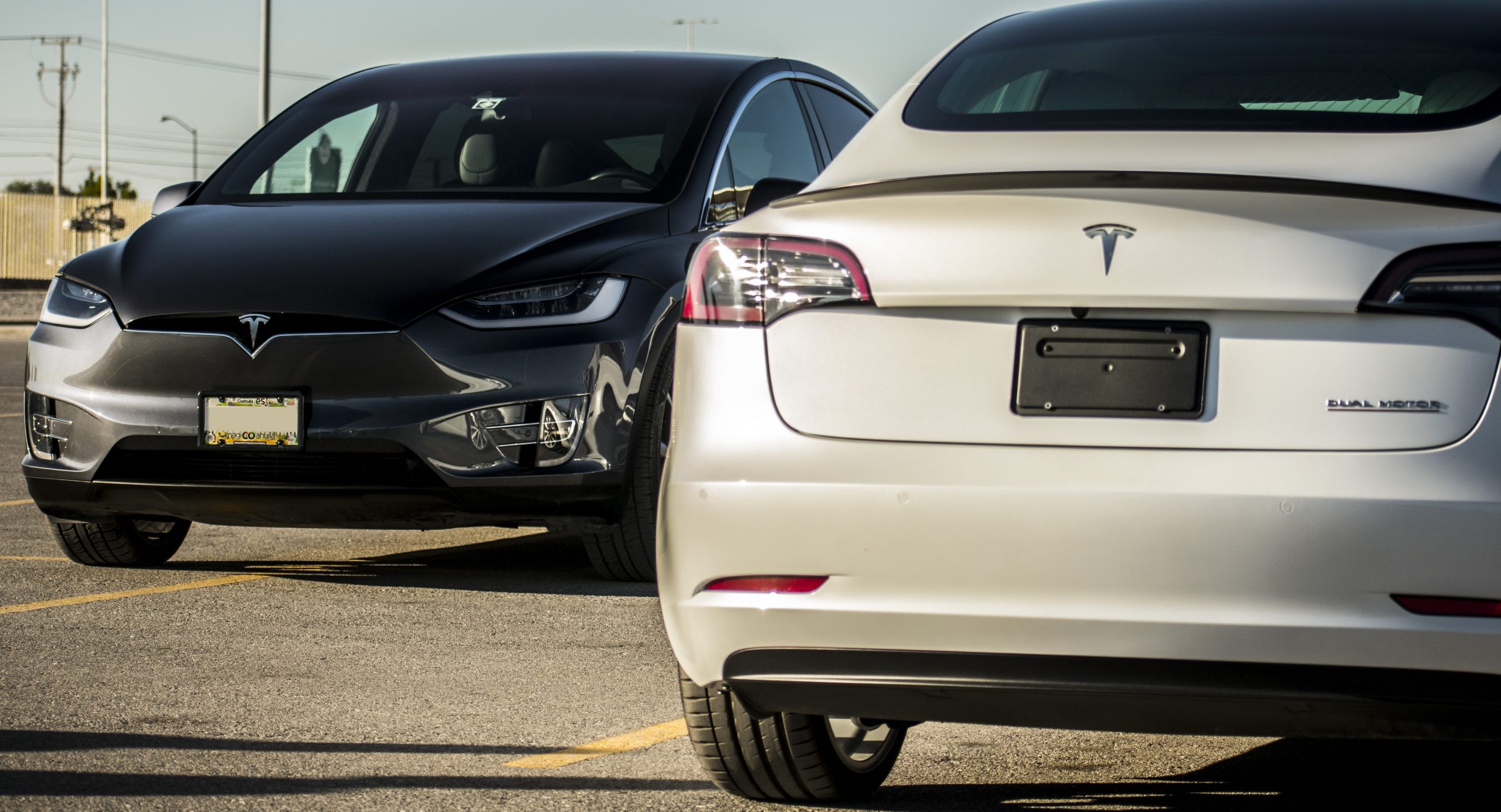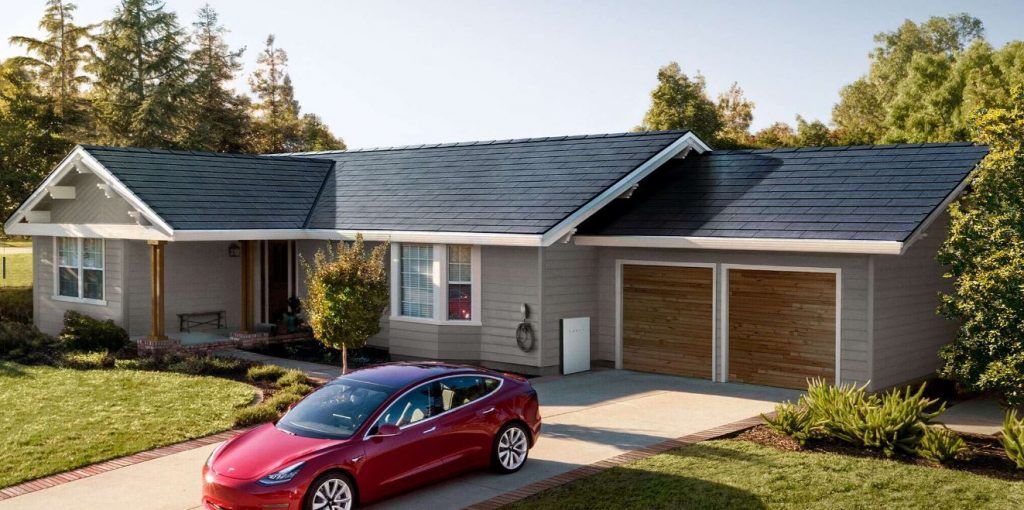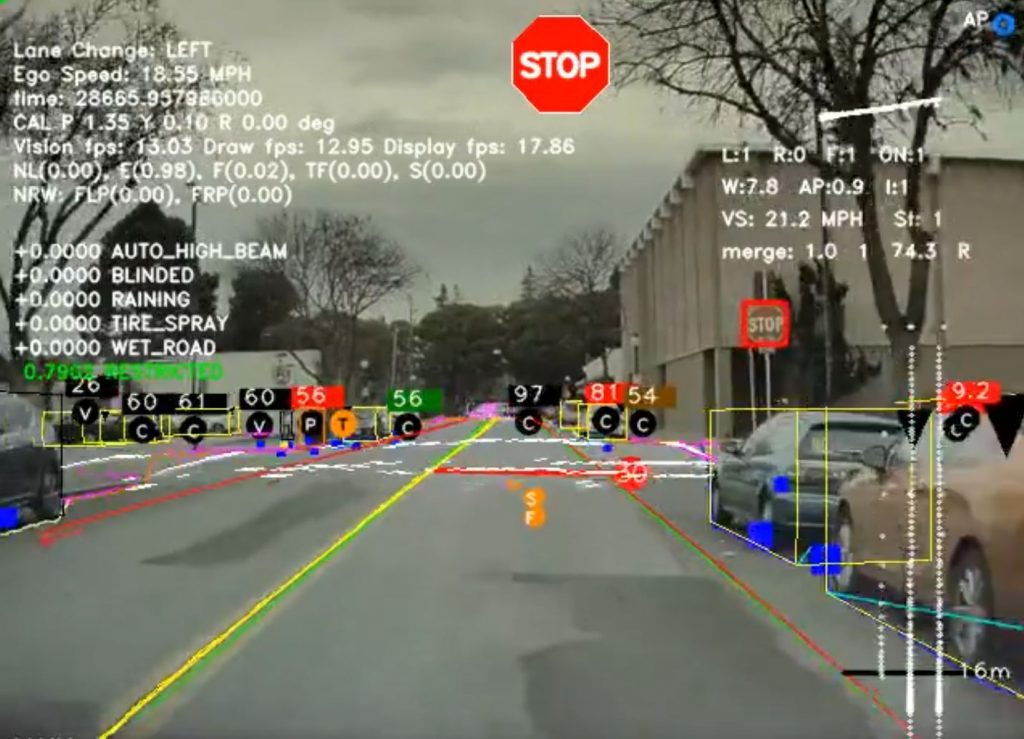

Investor's Corner
Tesla's battle lines are drawn with retail investors on one side and Wall St on another
There are very few stocks in the market that inspire such volatility as American electric car maker Tesla (NASDAQ:TSLA). The company has been on a tear lately, propelled by positive Q4 2019 results and emphasized by an ever-growing number of ardent supporters online. Yet amidst these victories, it appears that Tesla has finally reached a point where the battle lines are now being drawn between the company’s supporters, particularly its retail investors and analysts from Wall Street.
Tesla is a tricky company to evaluate, mainly since it covers several industries. The electric car maker is currently the second-largest automaker in the world by market value, though it only produces and delivers a fraction of the vehicles that veteran car companies sell every year. In 2019, Tesla sold just over 367,000 vehicles. Volkswagen, the third-largest automaker according to market cap, sold over 6 million units.
But the Tesla story is never just about the company’s electric cars. A look at Tesla’s mission shows that the company’s goals are bigger than just selling cars and making money doing so. Tesla aims to accelerate the world’s transition to sustainability, and making electric cars that are better than petrol-powered vehicles is but a crucial part of the puzzle. This also means that there are dimensions to the company that lies far beyond that of its electric car business.

It is this last point where the divergence is most evident between Tesla’s supporters and Wall Street analysts. Tesla shareholders, many of whom actually own the company’s products, are intimately familiar with CEO Elon Musk’s overall plans and goals, as well as the scope of the company’s numerous business. Very few of those who own a Model 3, for example, are not aware that Tesla also makes solar roof tiles, or residential batteries like Powerwalls, or grid-scale batteries like Megapacks for that matter.
Unfortunately, a good number of analysts who cover TSLA stock seem to be stuck under the impression that the company is an automaker, full stop. A look at analysts and critics who frequent media outlets such as CNBC shows that very few actually consider the potential, or even recognize the existence of Tesla Energy, a business that legendary billionaire Ron Baron believes could be just as big as the company’s electric car business. Even fewer acknowledge the value of Tesla’s Autopilot data, which are gathered from real-world miles.
This could be seen in Wall Street’s estimates on Waymo, a Google-based company aimed at developing and deploying a self-driving service. Morgan Stanley analyst Brian Nowak wrote in a note to clients last year that the startup is worth $105 billion because of its self-driving technology, and that’s a conservative estimate. Before last year’s update, Nowak valued Waymo at a far more optimistic $175 billion. In comparison, Tesla’s current valuation, as of last Friday’s close, stood at $134 billion. That amount included the company’s auto business, its energy business, and its autonomous driving tech.

As is the nature of Tesla stock, the company’s full potential is usually acknowledged and considered only by the company’s most ardent supporters on the Street. So for now, there is very little chance that the perception of Tesla between its retail supporters and traditional analysts will converge anytime soon. This divergence became a focal point in the company’s recent Q4 2019 earnings call, when Elon Musk admitted that retail investors might have a better grasp of the company’s plans than conventional Wall Street analysts.
“I do think that a lot of retail investors actually have deeper and more accurate insights than many of the big institutional investors and certainly better insight than many of the analysts. It seems like if people really looked at some of the smart retail investor analysts and what some of the smart smaller retail investors predicted about the future of Tesla, you would probably get the highest accuracy and remarkable insight from some of those predictions,” Musk said.
Tesla will likely remain a polarizing company for years to come. That said, Tesla Energy’s ramp is upon the market already, and the company’s Solarglass Roof V3 are now being installed to a growing number of homes in the United States. Tesla’s Full Self-Driving system is also closing in on being feature-complete. Overall, it seems that it will only be a matter of time before the true potential of Tesla emerges, and when it does, one would have to deny a whole lot of the company to consider it just as an automaker.
Disclosure: I have no ownership in shares of TSLA and have no plans to initiate any positions within 72 hours.

Investor's Corner
Tesla gets price target bump, citing growing lead in self-driving

Tesla (NASDAQ: TSLA) stock received a price target update from Pierre Ferragu of Wall Street firm New Street Research, citing the company’s growing lead in self-driving and autonomy.
On Tuesday, Ferragu bumped his price target from $520 to $600, stating that the consensus from the Consumer Electronics Show in Las Vegas was that Tesla’s lead in autonomy has been sustained, is growing, and sits at a multiple-year lead over its competitors.
CES 2026 validates Tesla’s FSD strategy, but there’s a big lag for rivals: analyst
“The signal from Vegas is loud and clear,” the analyst writes. “The industry isn’t catching up to Tesla; it is actively validating Tesla’s strategy…just with a 12-year lag.”
The note shows that the company’s prowess in vehicle autonomy is being solidified by lagging competitors that claim to have the best method. The only problem is that Tesla’s Vision-based approach, which it adopted back in 2022 with the Model 3 and Model Y initially, has been proven to be more effective than competitors’ approach, which utilizes other technology, such as LiDAR and sensors.
Currently, Tesla shares are sitting at around $433, as the company’s stock price closed at $432.96 on Tuesday afternoon.
Ferragu’s consensus on Tesla shares echoes that of other Wall Street analysts who are bullish on the company’s stock and position within the AI, autonomy, and robotics sector.
Dan Ives of Wedbush wrote in a note in mid-December that he anticipates Tesla having a massive 2026, and could reach a $3 trillion valuation this year, especially with the “AI chapter” taking hold of the narrative at the company.
Ives also said that the big step in the right direction for Tesla will be initiating production of the Cybercab, as well as expanding on the Robotaxi program through the next 12 months:
“…as full-scale volume production begins with the autonomous and robotics roadmap…The company has started to test the all-important Cybercab in Austin over the past few weeks, which is an incremental step towards launching in 2026 with important volume production of Cybercabs starting in April/May, which remains the golden goose in unlocking TSLA’s AI valuation.”
Tesla analyst breaks down delivery report: ‘A step in the right direction’
Tesla has transitioned from an automaker to a full-fledged AI company, and its Robotaxi and Cybercab programs, fueled by the Full Self-Driving suite, are leading the charge moving forward. In 2026, there are major goals the company has outlined. The first is removing Safety Drivers from vehicles in Austin, Texas, one of the areas where it operates a ride-hailing service within the U.S.
Ultimately, Tesla will aim to launch a Level 5 autonomy suite to the public in the coming years.
Investor's Corner
Tesla Q4 delivery numbers are better than they initially look: analyst
The Deepwater Asset Management Managing Partner shared his thoughts in a post on his website.

Longtime Tesla analyst and Deepwater Asset Management Managing Partner Gene Munster has shared his insights on Tesla’s Q4 2025 deliveries. As per the analyst, Tesla’s numbers are actually better than they first appear.
Munster shared his thoughts in a post on his website.
Normalized December Deliveries
Munster noted that Tesla delivered 418k vehicles in the fourth quarter of 2025, slightly below Street expectations of 420k but above the whisper number of 415k. Tesla’s reported 16% year-over-year decline, compared to +7% in September, is largely distorted by the timing of the tax credit expiration, which pulled forward demand.
“Taking a step back, we believe September deliveries pulled forward approximately 55k units that would have otherwise occurred in December or March. For simplicity, we assume the entire pull-forward impacted the December quarter. Under this assumption, September growth would have been down ~5% absent the 55k pull-forward, a Deepwater estimate tied to the credit’s expiration.
“For December deliveries to have declined ~5% year over year would imply total deliveries of roughly 470k. Subtracting the 55k units pulled into September results in an implied December delivery figure of approximately 415k. The reported 418k suggests that, when normalizing for the tax credit timing, quarter-over-quarter growth has been consistently down ~5%. Importantly, this ~5% decline represents an improvement from the ~13% declines seen in both the March and June 2025 quarters.“
Tesla’s United States market share
Munster also estimated that Q4 as a whole might very well show a notable improvement in Tesla’s market share in the United States.
“Over the past couple of years, based on data from Cox Automotive, Tesla has been losing U.S. EV market share, declining to just under 50%. Based on data for October and November, Cox estimates that total U.S. EV sales were down approximately 35%, compared to Tesla’s just reported down 16% for the full quarter. For the first two months of the quarter, Cox reported Tesla market share of roughly a 65% share, up from under 50% in the September quarter.
“While this data excludes December, the quarter as a whole is likely to show a material improvement in Tesla’s U.S. EV market share.“
Elon Musk
Tesla analyst breaks down delivery report: ‘A step in the right direction’
“This will be viewed as better than feared deliveries and a step in the right direction for the Tesla story heading into 2026,” Ives wrote.

Tesla analyst Dan Ives of Wedbush released a new note on Friday morning just after the company released production and delivery figures for Q4 and the full year of 2025, stating that the numbers, while slightly underwhelming, are “better than feared” and as “a step in the right direction.”
Tesla reported production of 434,358 and deliveries of 418,227 for the fourth quarter, while 1,654,667 vehicles were produced and 1,636,129 cars were delivered for the full year.
Tesla releases Q4 and FY 2025 vehicle delivery and production report
Interestingly, the company posted its own consensus figures that were compiled from various firms on its website a few days ago, where expectations were set at 1,640,752 cars for the year. Tesla fell about 4,000 units short of that. One of the areas where Tesla excelled was energy deployments, which totaled 46.7 GWh for the year.
🚨 Wedbush’s Dan Ives has released a new note on Tesla $TSLA:
“Tesla announced its FY4Q25 delivery numbers this morning coming in at 418.2k vehicles slightly below the company’s consensus delivery estimate of 422.9k but much better than the whisper numbers of ~410k as the…
— TESLARATI (@Teslarati) January 2, 2026
In terms of vehicle deliveries, Ives writes that Tesla certainly has some things to work through if it wants to return to growth in that aspect, especially with the loss of the $7,500 tax credit in the U.S. and “continuous headwinds” for the company in Europe.
However, Ives also believes that, given the delivery numbers, which were on par with expectations, Tesla is positioned well for a strong 2026, especially with its AI focus, Robotaxi and Cybercab development, and energy:
“This will be viewed as better than feared deliveries and a step in the right direction for the Tesla story heading into 2026. We look forward to hearing more at the company’s 4Q25 call on January 28th. AI Valuation – The Focus Throughout 2026. We believe Tesla could reach a $2 trillion market cap over the coming year and, in a bull case scenario, $3 trillion by the end of 2026…as full-scale volume production begins with the autonomous and robotics roadmap…The company has started to test the all-important Cybercab in Austin over the past few weeks, which is an incremental step towards launching in 2026 with important volume production of Cybercabs starting in April/May, which remains the golden goose in unlocking TSLA’s AI valuation.”
It’s no secret that for the past several years, Tesla’s vehicle delivery numbers have been the main focus of investors and analysts have looked at them as an indicator of company health to a certain extent. The problem with that narrative in 2025 and 2026 is that Tesla is now focusing more on the deployment of Full Self-Driving, its Optimus project, AI development, and Cybercab.
While vehicle deliveries still hold importance, it is more crucial to note that Tesla’s overall environment as a business relies on much more than just how many cars are purchased. That metric, to a certain extent, is fading in importance in the grand scheme of things, but it will never totally disappear.
Ives and Wedbush maintained their $600 price target and an ‘Outperform’ rating on the stock.








